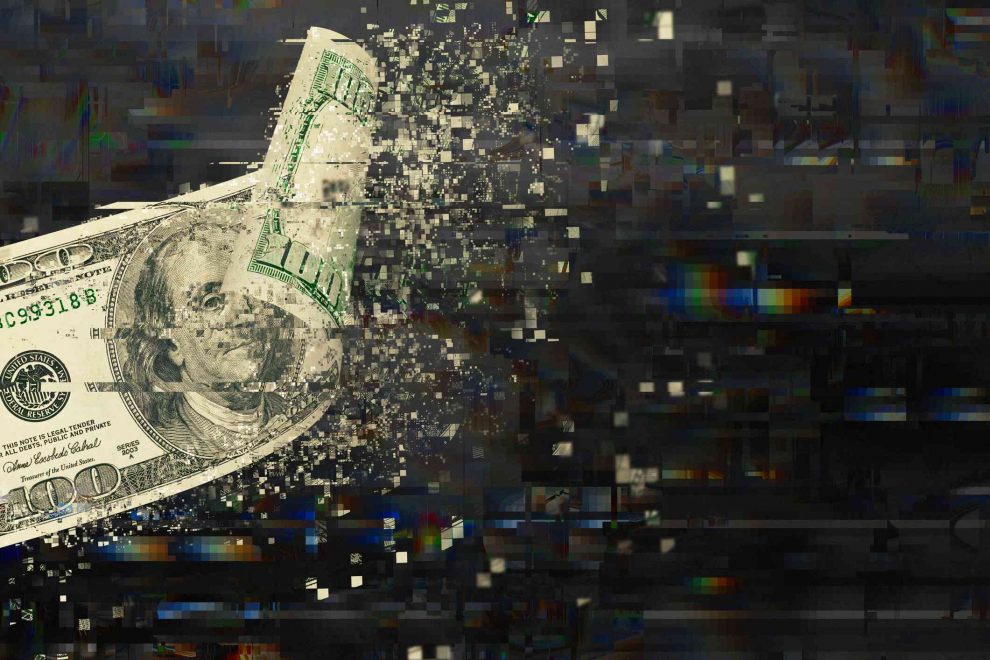Digital art has emerged as a powerful medium that combines creativity and technology, revolutionizing the way artists create and audiences experience art. In this article, we will explore how digital art has become accessible to everyone, bridging the gap between traditional art forms and cutting-edge technology.
Digital art refers to artistic creations that are produced using digital technologies. It encompasses a wide range of forms, including digital paintings, computer-generated images, interactive installations, and virtual reality experiences. What sets digital art apart is its unique ability to blend traditional artistic techniques with the possibilities offered by digital tools and software.
One of the major advantages of digital art is its accessibility. Unlike traditional art forms that require expensive materials and specialized training, digital art can be created and enjoyed using affordable and widely available technology. With just a tablet or computer and the right software, anyone can delve into the world of digital art.
Digital art also offers a high degree of flexibility and experimentation. Artists can easily modify and refine their creations using various digital tools, allowing for endless possibilities and exploration. This flexibility encourages artists to push boundaries and embrace innovative techniques, resulting in visually captivating and thought-provoking artworks.
Furthermore, digital art has transformed the way audiences engage with art. Traditional art forms were often confined to galleries and museums, limiting access to a select few. Digital art, on the other hand, can be easily shared and experienced through online platforms, reaching a global audience. Whether through social media or virtual exhibitions, digital art has created new avenues for artists to connect with their viewers and receive instant feedback.
Another exciting aspect of digital art is its ability to incorporate interactive elements. Through the use of sensors, motion tracking, and other advanced technologies, digital artworks can respond to the viewer’s presence and actions. This interactive nature adds a new dimension to the artistic experience, offering a dynamic and immersive encounter with the artwork.
In conclusion, digital art represents the fusion of creativity and technology, democratizing the artistic process and engaging audiences in new and exciting ways. With its accessibility, flexibility, and interactivity, digital art has expanded the possibilities for artistic expression and made art more inclusive and engaging for people from all walks of life. Embrace the digital art revolution and embark on a journey where imagination knows no bounds.
















Add Comment